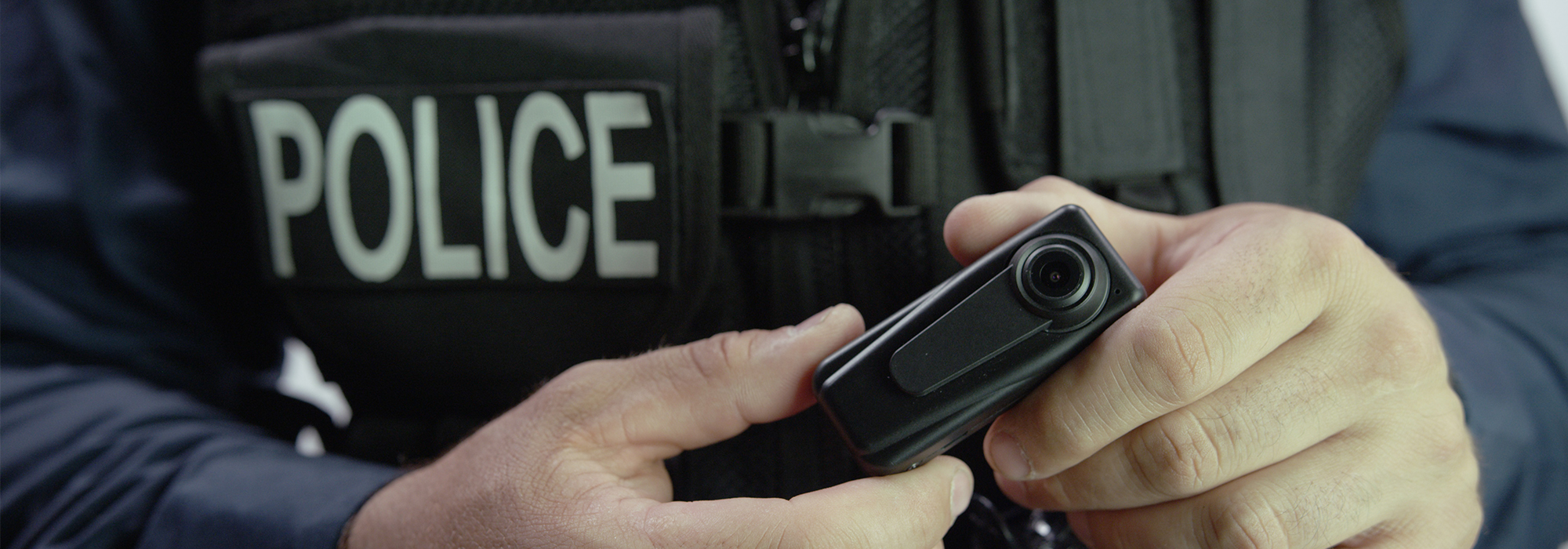
The Toronto Police Services Board has approved an important policy that will see the Toronto Police Service begin collecting and publicly reporting race-based data on several types of interactions between police and the public, including the use of force, beginning in 2020. This development follows significant recommendations from a 2018 Ontario Human Rights Commission (OHRC) provisional report on race and policing in Toronto. The OHRC report found that a black person in Toronto was nearly 20 times more likely than a white person to be fatally shot by police.
Shortly after the approval of the new race-based data policy was announced in September, the OHRC unveiled its policy on racial profiling in policing. It provides several recommendations that are aimed at improving relations between the police and racialized communities, stronger oversight of individual police services and police boards, and standardized data collection and reporting of interactions between the police and the public.
However, the OHRC also recommends that all uniformed and front-line police officers in Ontario wear body-worn cameras (BWCs). Although this OHRC recommendation is well-intentioned and most likely made under the assumption that BWCs will improve police accountability, the requirement that all police wear BWCs is naive and simplistic.
One significant challenge associated with requiring police to wear BWCs arises from the fact that there is little empirical evidence on the effectiveness of this technology in Canada. Research has greatly expanded in the US and the UK on the use of BWCs, and this work does provide insight into the benefits and challenges of the technology for police and the public. However, there has yet to be an empirical independent study of BWC use in Canada.
Most studies here used small sample sizes and neglected to experimentally test the technology on factors like the use of force or crime. For example, the studies did not evaluate whether the deployment of BWCs reduced the use of force by police, or whether BWCs had any effect on levels of crime. Additionally, the studies failed to assess officer discretion and whether the use of BWCs had any impact on the level of contact between the police and the community. While many US and UK jurisdictions have tested the impact of BWCs on these outcomes, most of the BWC studies conducted in Canada have not.
Pilot projects have examined the use of this technology in the last decade by police services in Toronto, Montreal, Edmonton, Calgary, and Thunder Bay. However, the findings from most of these pilots were mixed and inconclusive, and police therefore rejected any plans to deploy cameras worn by officers. Calgary is the only large police service in Canada that has adopted and fully deployed BWCs for all front-line officers. Only a handful of police services in Canada currently use BWCs, and most of them deploy cameras for only a small number of their officers.
Paul Pedersen, president of the Ontario Association of Chiefs of Police, has described several challenges associated with the OHRC recommendation that all officers wear BWCs. The cost is one of the most pressing concerns. Others are the limitations of the technology and lack of research.
The cameras themselves are not overly expensive. But storing and retaining all data generated by the BWCs is pricey, potentially costing millions of dollars And the costs of training and retraining officers on the use of cameras and the added work hours required to review and redact footage may be prohibitive for some police agencies that are already struggling with budget constraints and hiring restrictions.
Consequently, there is a lot more to this issue than simply requiring all police to wear BWCs, as the OHRC recommends.
Body cameras can be a useful tool for police services: the technology may enhance evidence collection; it may assist in criminal cases, resulting in better and faster court resolutions; it could improve relations with the public by advancing accountability, transparency and trust; or it could do none of these things while placing a further economic strain on the police service and the community.
Additionally, there is little to no empirical evidence that the use of BWCs will improve police interactions with racialized groups, as the OHRC assumes. Is it smart to invest in something that is not widely supported by evidence but will undeniably result in serious financial implications?
Ultimately, BWC adoption depends on the individual police services’ needs and community expectations. In Canada, we simply do not know the efficacy of BWC technology. More research is necessary, and stronger empirical studies are required before police services can definitively and confidently choose to invest in this technology.
The OHRC policy on eliminating racial profiling in policing is a great first step in tackling this issue. However, the recommended requirement that all police wear BWCs is premature. It would be more helpful if the OHRC provided police services with specific guidelines on how to approach the study of BWCs while considering the challenges associated with the adoption of this technology.
Photo : Shutterstock by Skyward Kick Productions
Do you have something to say about the article you just read? Be part of the Policy Options discussion, and send in your own submission. Here is a link on how to do it. | Souhaitez-vous réagir à cet article ? Joignez-vous aux débats d’Options politiques et soumettez-nous votre texte en suivant ces directives.








